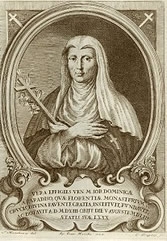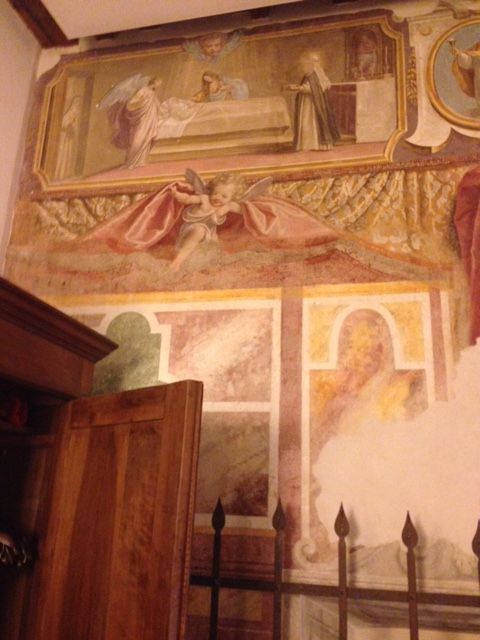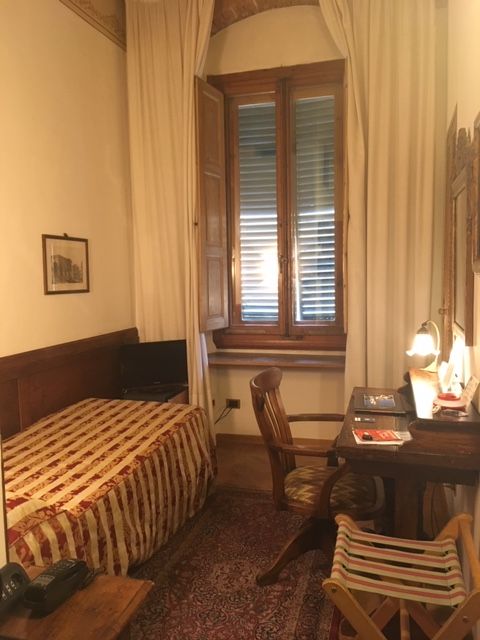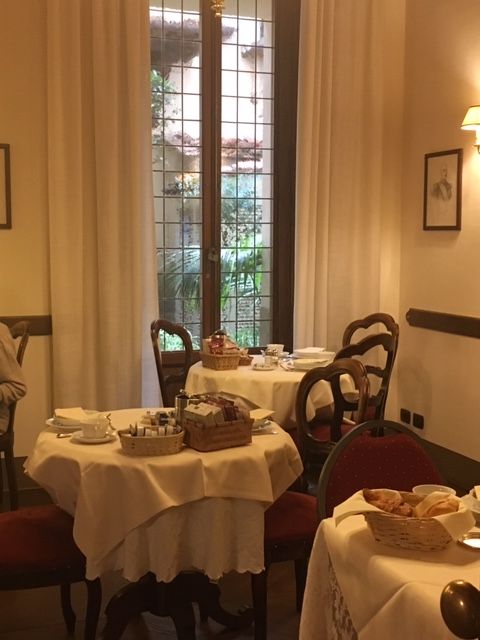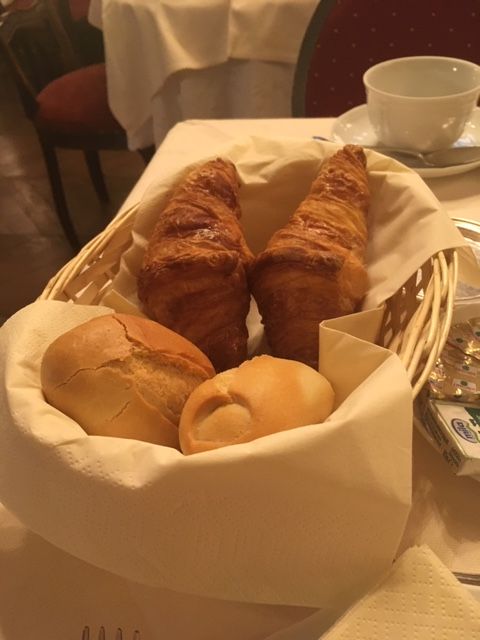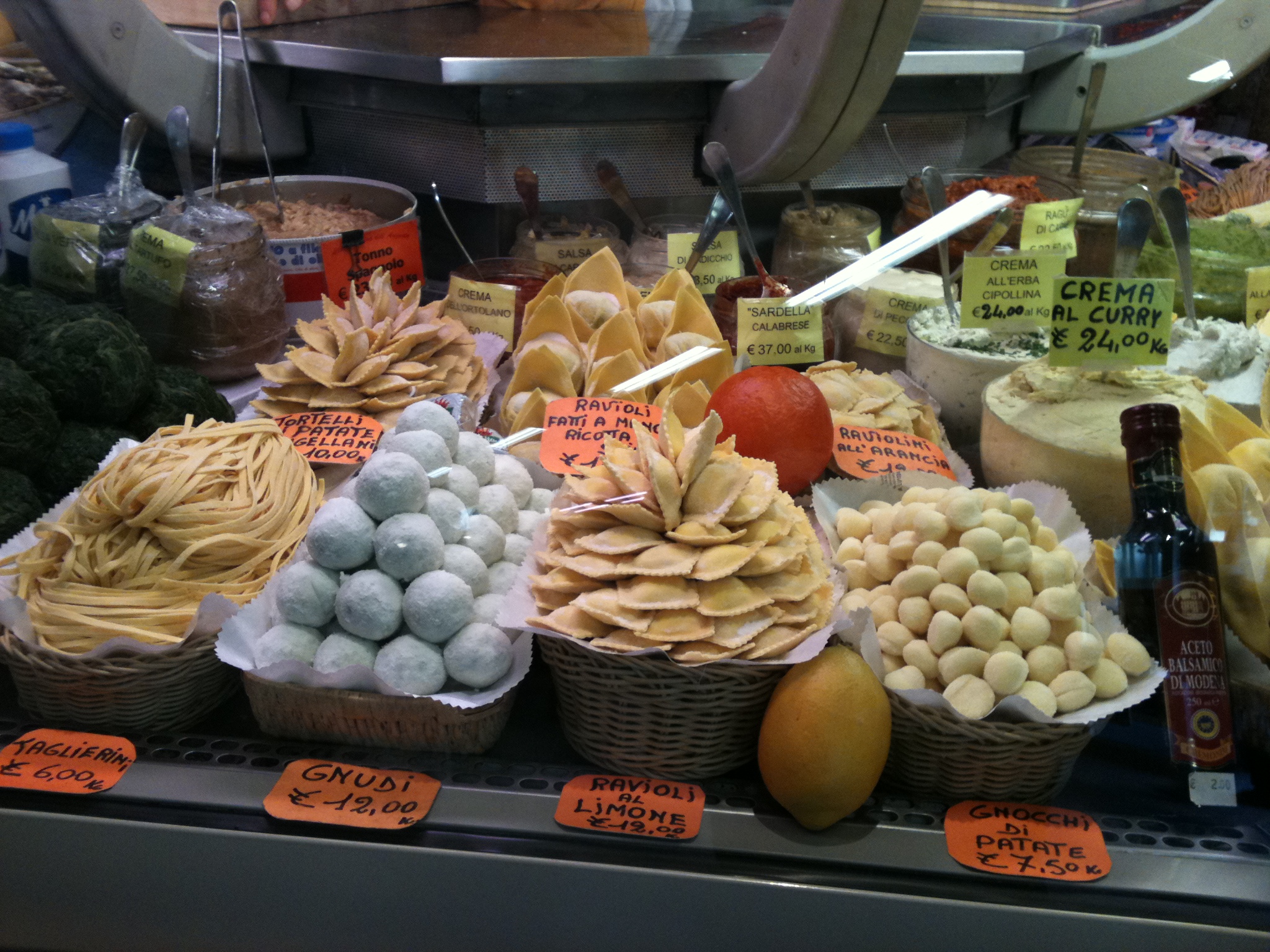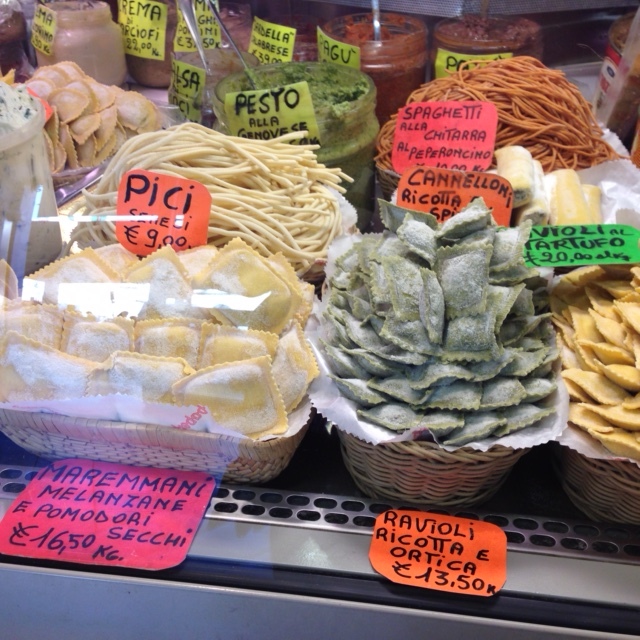Two Very Different Lunches in Florence
Florence is an intriguing city, full of wonderful things to see, hear, touch, experience, and taste. It is also a city bursting at the seams with tourists, which means it is chaotic, crowded, and sometimes frustrating. And yet, it’s a city I love and never tire of visiting. It’s also a city where it’s possible to find great food – just visit a neighborhood market with its array of fresh produce, meats, cheeses, breads, and pastas and you’ll see ingredients that make your mouth water.
With fresh ingredients like these (from the Sant’Ambrogio Market) it’s no wonder that Florence is a great city for dining.
This ribollita looked good but was way too salty
The good food continues in the many fine restaurants. But, as is often the case in places popular with tourists, there are some restaurants that don’t live up to Tuscany’s reputation for good food.
In Florence, these are often the larger restaurants found in areas most frequented by visitors. I recently ate in one of these when I found myself tired, hungry for lunch, and in need of a quick escape from some wet and windy weather. I ducked into a place that I should have known to avoid – wait staff out front pulling in customers, located on a busy, touristy piazza, full of people speaking languages other than Italian. What was I thinking? I ordered a classic Tuscan soup - ribollita. It’s hard to mess up this vegetable soup thickened with chunks of bread. Hard, but not impossible as it turns out. The veggies and the consistency were right but this dish was over salted. I needed lots of water to balance out the saltiness. An eggplant dish was no better – heavy on cheese and overcooked. I had only bottled water to drink, no coffee or dessert. The tab was a hefty €32.50. Ouch! This was an expensive and poorly prepared lunch.
Coquinarius is an enoteca with wonderful ambiance, delicious food, and a great wine list.
I simply could not let my trip to Florence end with a memory of bad food, so the next day I had lunch at one of my favorite spots - Coquinarius, an enoteca just a bit off Piazza del Duomo on Via delle Oche. I had eaten here on a previous trip and enjoyed it immensely. Would it be as good as I remembered? The answer was a definite yes!
At Coquinarius I dined sumptuously in a lively and congenial atmosphere. This meal included a glass of wine (a tasty Vernaccia from San Gimignano), bottled water, an appetizer of crostini (toasted bread) with stracchino (a soft cow milk cheese) and salsiccia (sausage) all melty and crisp, a to-die-for pasta filled with pecorino and pear, an apple tart for dessert and a macchiato.
Crostino with stracchino and salsiccia
Little pasta bundles filled with pecorino cheese and pear
Delicious food and a great value too (just 2 euro more than my not-so-good lunch the day before). Not to mention the friendly service, mix of locals and visitors, great music, Italian chatter in the background, and a vibe that made me want to linger - which explains why I stayed for dessert and then a coffee, stretching my lunch to nearly two hours.
Apple “pie” the Italian way
When heading to Florence the advice is clear - skip the big generic restaurants around the main tourist squares and head for those unique small places. I suggest starting with Coquinarius. With its wide range of appetizers, salads, pasta dishes, meat and fish main courses, and delicious desserts, you won’t be disappointed. I can’t wait to go back. -post by JMB










